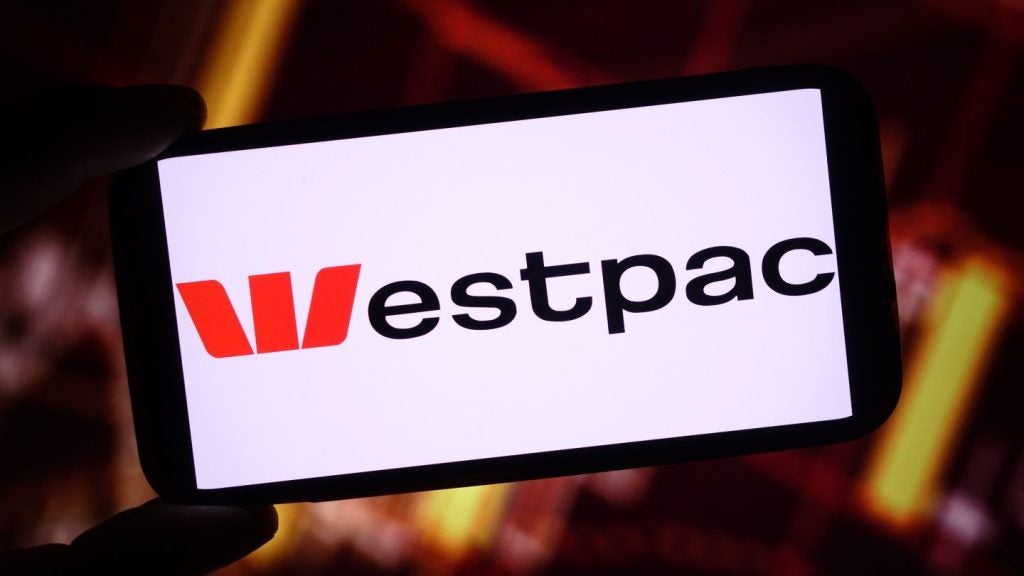Abe Smith, founder and CEO of Dealflo, looks at how retail banks can remain competitive and delight their customers, without increasing risk.
If there’s one thing that banks worry about more than compliance (and they worry a lot about compliance), it’s the race to digitisation.
The reasons are threefold: commercial advantage (digital is faster, cheaper and more efficient); competitive advantage, banks need to stay ahead of traditional and new competitors; and customer demand.
Customer expectations
Today’s customers, used to receiving smart and convenient digital services from companies such as Uber, Apple and Amazon, expect similar from banks – services that are personalised, interactive and immediate. Banks that allow customers to access, manage and borrow money digitally, will win more customers. 42% of UK consumers have adopted FinTech services, according to EY’s 2017 FinTech Adoption Survey.
It’s no surprise that banks want to adapt to the fast-moving digital marketplace where new and disruptive competitors are already circling.

US Tariffs are shifting - will you react or anticipate?
Don’t let policy changes catch you off guard. Stay proactive with real-time data and expert analysis.
By GlobalDataSo, what’s stopping banks innovating as much, or as fast, as they’d like?
In short, risk. Post-2008 banking regulation, as well as recent consumer credit regulatory scrutiny, mean that risk appetite is low. What if digital agreements can’t be enforced in court? What if digitisation leads to an increase in identity fraud or money laundering? What about data protection and GDPR compliance? And how do innovative technologies integrate with legacy IT systems?
With so many questions, it’s easy to see why some banks still rely on manual processes, instead of digitising their customer interactions.
It’s a struggle the Bank for International Settlements recognise, with the Basel Committee on Banking Supervision releasing a paper on the implications of FinTech developments. Whilst recognising the need for innovation, they also warned:
“Banks and bank supervisors should consider how they balance ensuring the safety and soundness of the banking system with minimising the risk of inadvertently inhibiting beneficial innovation in the financial sector.
Such a balanced approach would promote the safety and soundness of banks, financial stability, consumer protection and compliance… without unnecessarily hampering beneficial innovations in financial services”.
Solving the conflict
Solving this conflict, and creating an environment that drives the productivity, speed and compliance essential to sell financial services via digital channels, will come down to two things: an organisational culture that embraces change, and a joined-up approach to digitisation. Anything else will result in what Sabrina Del Prete, Digital Transformation Director at RBS termed ‘Financial Frankenstein’.
Take the customer agreement process. Banks which are still hamstrung into running complex semi-automated paper-driven processes will struggle to be relevant to customers, and to provide evidence of compliance if financial agreements are challenged.
A joined-up approach to digitising customer agreement processes
To satisfy customers, regulators, and shareholders, banks need to adopt an agreement process that is customer friendly (fast, slick, simple), operationally efficient (automated, low cost, scalable), and most importantly, legal, compliant and enforceable.
The ‘fast, slick, simple and scalable element can be achieved through a platform-based technology, which keeps data in one environment, and doesn’t require multiple integrations. Multiple technologies that don’t integrate, or integrate badly expose the entire agreement process to compliance and data security risks.

Next to consider is the legality of electronically signed agreements. Under the EU’s eIDAS Regulation, eSignatures are deemed legal and carry the same legal weighting as a ‘wet’ signature.
The next element banks need to consider is enforceability of digitally created agreements. To create a legally enforceable agreement, banks need to prove four things in the event of a challenge:
- Identity. At its most basic, can you prove that the person who signed the contract exists and is your customer? To use the Financial Conduct Authority’s language, do you ‘Know Your Customer’, and can you ‘Prove Your Customer’? For this, you can leverage traditional bureau or database records (e.g. name, address, date of birth, anti fraud and AML). But you also need anti-impersonation evidence such as Knowledge Based Authentication – personal questions that only your customer can answer or real time document verification.
- Intent. Did the customer mean to sign the contract? How long did they spend on the Ts and Cs? Did they download or print the document? You need to provide a full audit trail, including evidence of what was presented to a customer, such as recordings of the interactions they make. An end-to-end automated workflow, which prevents customers from skipping any stage of the process, will prove that customers followed the mandated, compliant process.
- Intelligibility. Traditionally, electronic evidence was technical, complex, and scattered across a business. If an agreement is challenged, the electronic evidence needs to be easy to access and easy to explain – ideally a single package of evidence that can be demonstrated to potentially non-technical people (customer, regulator, judge, etc). The evidence package should be designed to result in a higher likelihood of a deflection (a decision not to move forward in a customer challenge).
- Integrity. In many instances, electronic data can be hacked, amended or even deleted, either by accident or design. Therefore, the strength of any electronic evidence is directly linked to its integrity. All the evidence should be held together in a single, tamper-evident package with a Digital Signature that includes proof of identity, intent and process, and a clear audit trail.
Only if banks can prove these four things, can they deliver much needed automation without compromising on risk.
Digitisation and compliance are not mutually exclusive, but they do need the right culture and technology solutions to create a harmonious working relationship.
Abe Smith is the founder and CEO of Dealflo







